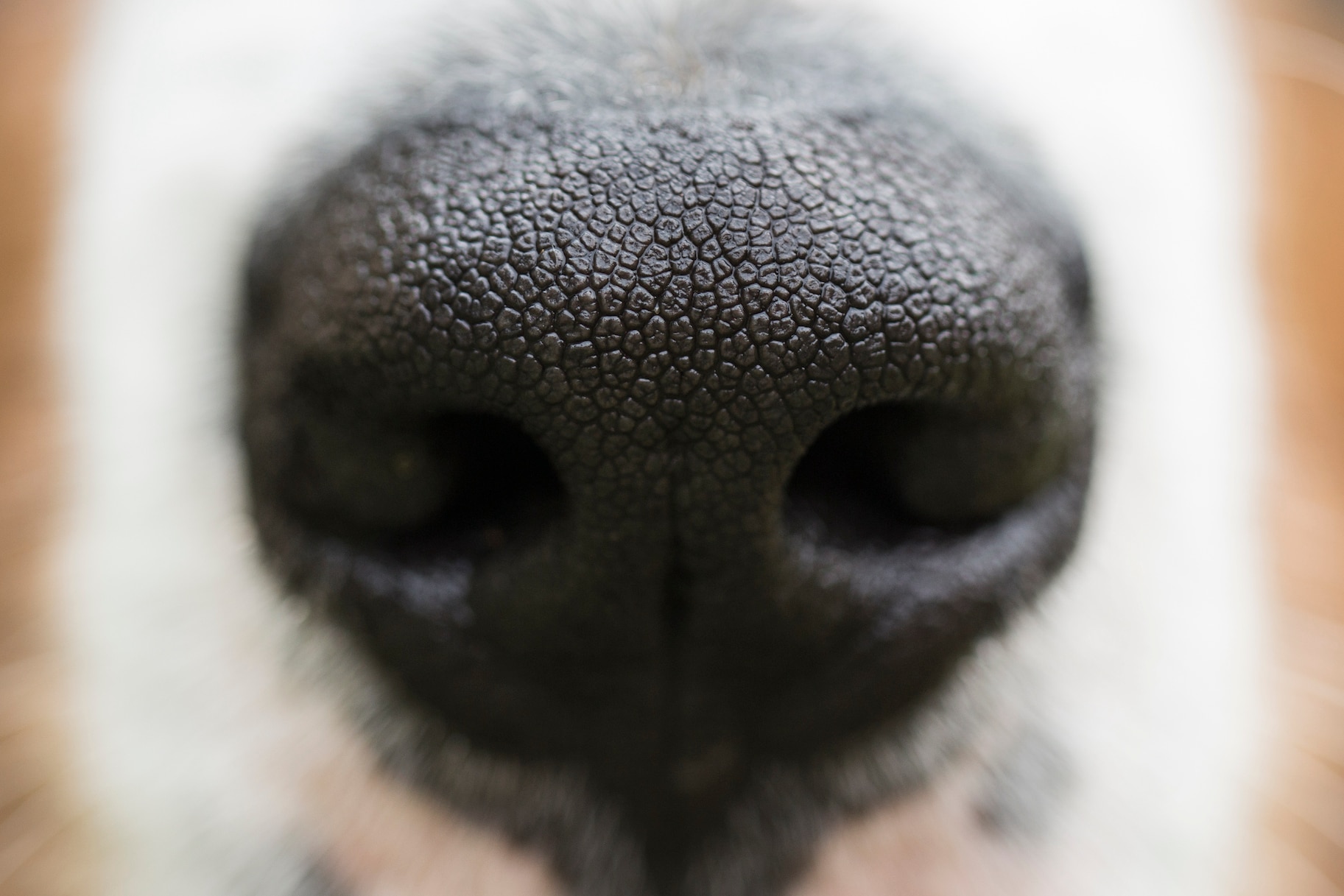Create a free profile to get unlimited access to exclusive videos, sweepstakes, and more!
Dogs can smell stress through our sweat and breath
Who knew that stress smells?

What can we say about dogs that hasn’t already been said? They’ve evolved over thousands of years to be our greatest non-human companions. Throughout history, they’ve helped us to hunt, protected us from threats, and provided a seemingly endless supply of love and companionship. It’s no wonder we keep making movies about them, like the 2017 family drama film The Stray. In it, a family on a backpacking trip encounters a stray dog who helps them to heal physical and emotional wounds. It’s almost as if the dog knew something was wrong and behaved accordingly.
We’ve been hanging out with dogs for somewhere between 14,000 and 29,000 years. That’s a lot of time to spend with another species, watching the way they behave, learning their body language and unspoken signals. Over that time, dogs have gotten better and better at signaling their feelings in ways we can understand and they’ve also gotten better at understanding our unspoken feelings. If you’ve ever wondered if your dog knows when you’ve had a bad day, then wonder no longer.
A team of scientists from Queen’s University Belfast and Newcastle University recently carried out a study to determine once and for all if dogs pick up on when we’re stressed. The results were published in the journal PLOS One.
RELATED: New tricks! Dogs know the difference between language and gibberish
The study consisted of 36 participants and four dogs, an admittedly small sample size, but with results that are well supported by other behavioral studies. The question researchers wanted to answer was whether or not dogs can tell the difference between when we’re stressed and when we’re not, using only biological markers. That’s to say that dogs weren’t in the presence of the stressed person and didn’t have access to body language or facial expressions. Instead, they had to rely on sweat and breath from the human participants.
Scientists took a baseline sample from each participant before they were stressed. Components from both the sweat and breath were combined into a single sample for each participant. Next, they were asked to do math problems in their heads in order to evoke a stress response. About 21% didn’t experience negative stress from the exercise either because they didn’t find it stressful or because they found it to be an exciting challenge instead of a negative one.
The remainder had a second sample taken. Once again, sweat and breath samples were taken and combined. Then the dogs were called in. In each phase, dogs were presented with three sample containers, but their contents changed over time. In phase one, dogs were presented only with the stress sample and two empty containers. This phase lasted for ten sessions and was designed to familiarize the dogs with the stress sample so they would know what to look for later.
In the second phase, one of the empty containers was swapped out for the baseline control sample. The idea was to see if the samples were distinguishable to dogs. Are they able to identify the stress sample when the baseline was present, or do they both smell the same? If they can’t distinguish them, we should expect a more or less even split when the alerts are tallied, but that’s not what happened.
In 720 total trials, the dogs successfully identified the stress sample between 90% and 96.88% of the time, with a 93.75% combined accuracy. The findings inform our understanding of how dogs experience the world through smell and how they might have invisible ways of telling when we’re not relaxed. The next time you’re stressed, rest assured your dog knows it. They can smell it all over you.


























